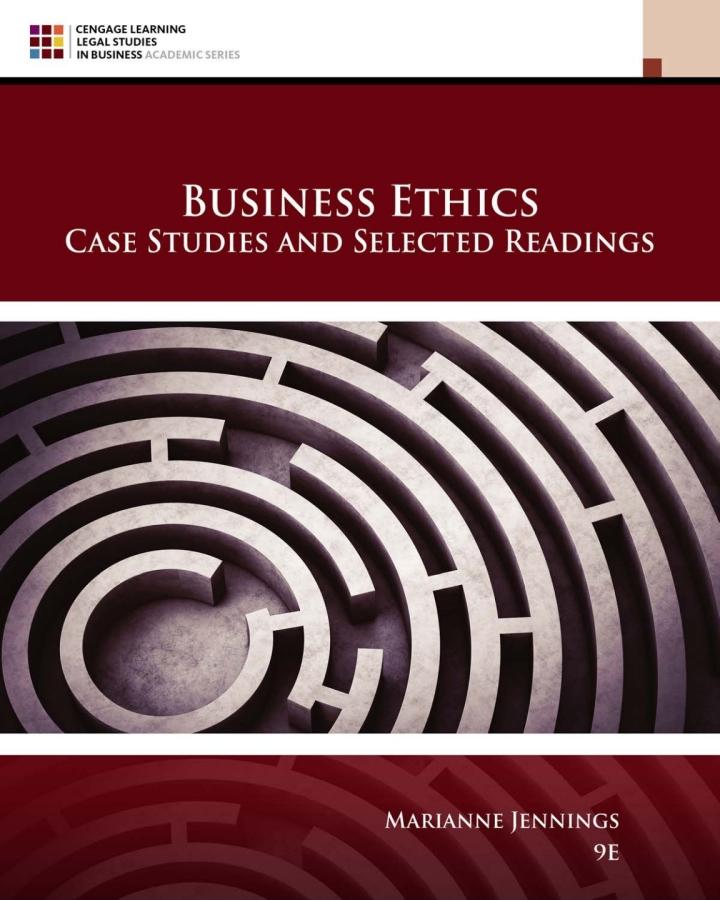At the beginning of 2015, CVS made the decision to stop selling tobacco in its drug stores
Question:
At the beginning of 2015, CVS made the decision to stop selling tobacco in its drug stores around the country. The impact of the decision was about \(\$ 2\) billion loss in tobacco sales. The ban has not yet taken full effect because, in its initial stages, it was voluntary on the part of stores until October 2015. Initially, just 13 stores implemented the ban. Analysts expressed their concern that the ban results in CVS losing market opportunities with e-cigarette sales. Other analysts point to the loss of sales that comes when customers do not come to CVS for cigarettes. Those who comes for cigarettes often pick up impulse items. Any additional items they might have purchased on a cigarette run are also losses for CVS that cannot be quantified easily. Initial data from the stores adopting the ban indicated that the customers in the CVS tobacco-free store areas purchased five packs less in 2015 than in 2014. The information on the stop-smoking and reduced smoking data comes from CVS's research arm. \({ }^{183}\)
There was, however, an increase in revenue from other products. The goal behind the CVS decision was based on tobacco addiction studies that found that when smokers try to quit they tend to make spontaneous purchases as the addiction withdrawal process is underway. CVS felt that not having the tobacco products so readily available could help smokers in their efforts to quit. Without a convenient location for purchasing tobacco, the feeling was that smokers would resort to another solution. The smokers did reach for another solution when CVS no longer carried tobacco products. They purchased nicotine patches. Sales of cigarettes at CVS were down 95 million packs in 2015 from 2014 for just the first three quarters of the year. What the former smokers did purchase was nicotine patches, and CVS sales for these stop-smoking aids were up \(4 \%\) over past year. The \(4 \%\) increase was the same across 13 states where CVS implemented its tobacco ban.
Some health experts have discounted the real impact of the CVS actions because CVS tobacco sales constituted a very small percentage of the total cigarettes sold in the United States. The reduction in the number of smokers would be insignificant \({ }^{184}\)
However, CVS's management team felt that because some of its stores were located in low-income areas that the unavailability of cigarettes at the local CVS would serve as a deterrent to smoking. Analysts questioned the move because with reduced revenues, the end result may be the stores located in poorer economic areas may close their doors, thus depriving those neighborhoods of access to prescription drugs as well as over-the-counter medicines, and, in some cases, preventive health tools such as flu shots.
CVS is a \(\$ 126\) billion company and with the implementation of Obamacare, its prescription business has increased and CVS profits increased to \(\$ 1.25\) billion, an uptick of \(11 \%\). There was a similar bump in revenues, totaling \(\$ 34.6\) billion, also a \(1 \%\) bump.........................
Discussion Questions 1. Explain why CVS made the decision to stop selling tobacco products.
2. List the stakeholders of CVS in this decision.
3. Discuss what happened and how CVS shareholders and stakeholders were affected.
4. Do the good profits make a difference for CVS's decisions?
Step by Step Answer:

Business Ethics Case Studies And Selected Readings
ISBN: 9780357453865
9th Edition
Authors: Marianne M. Jennings





